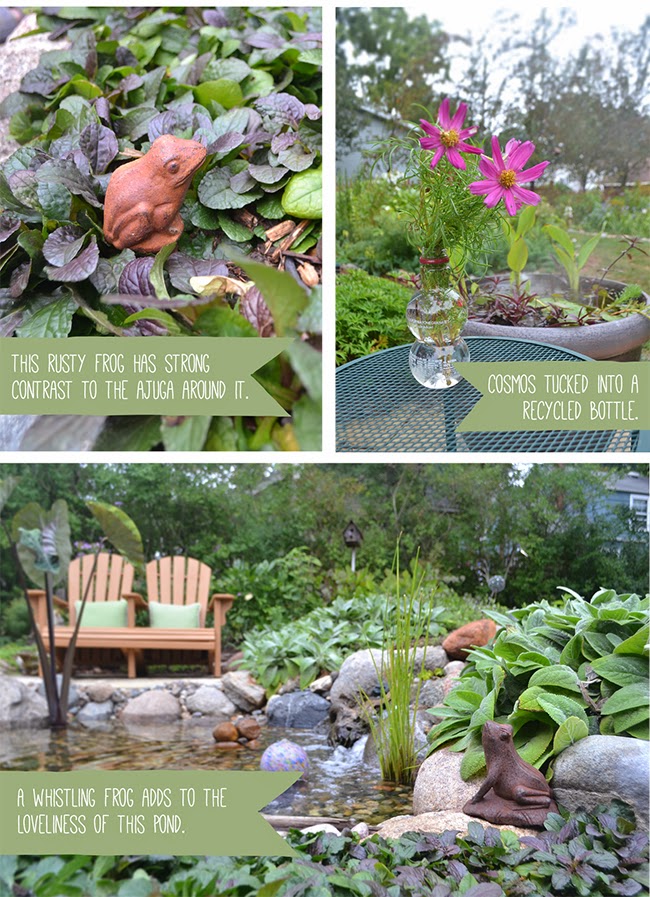In 2009 I began my blogging career with a goal to paint one food illustration a day for an entire year. That adventure was coined
THE LUNCH BOX PROJECT. It was a thrilling joyride to create daily, learn about the ins and outs of food (since I'm not much of a cook), and become part of the welcoming food blogging community.
While I whipped up delectable dishes each night with my paint brush, I continued to work my "full-time job" at a university botanical garden as an educator, planner, and designer, then later teaching in the horticulture department. I loved both parts of my life and continued this parallel activity for four years. I even began another blog for a short time,
TOPIARY & TIRAMISU, to help fulfill that need to talk about gardening.
In 2011, when I shifted to teaching landscape design full time in our university's horticulture department, I found the career of my dreams. I was now able to share my love of garden design with talented students everyday. This joy was so powerful that I wanted to start sharing my tips and tricks with gardeners outside the university too...but it was exhausting trying to keep up with both my former garden blog and my food blog. Someone suggested I combine both focuses into one blog, which worked for awhile, but my love of garden design took over.
So this week I finally made the decision to finish
THE LUNCH BOX PROJECT (after all, it really is a
project that has been successfully completed). I will continue to draw food as it relates to the garden (because my husband is a crazy vegetable gardener and I can't ignore that part of my life), but my new focus will mostly be garden design. Through all of this I am still an
illustrator and that will never go away. I hope my illustration background and quirky way of looking at design will pop a breath of fresh air into our beautiful, manipulated, plant-filled outdoor spaces.
Thanks to those that have supported me through
THE LUNCH BOX PROJECT and a big welcome to all my new readers that yearn for a new perspective on garden design.
If you're interested in more articles like this one, please sign up for my email updates here.







































